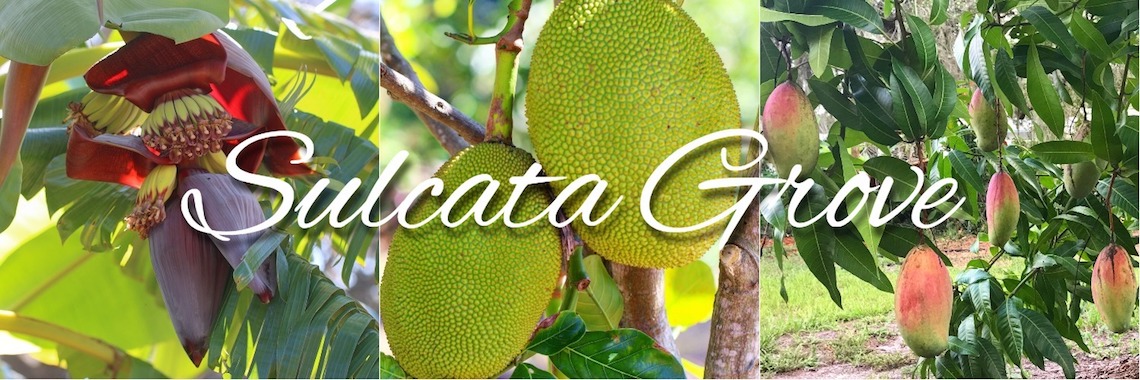While living in Ecuador, we loved to walk down the street and order chicken empanadas. Thankfully, we have been able to recreate the same flavors here in Florida. We start with an organically grown, free range chicken. We put it in a pressure cooker with 1 carrot, 2 celery leaf stalks, and a little salt and pepper. We then cover with drinking water, and seal. We cook it for about 30 minutes. After allowing it to cool a little, remove the chicken and begin separating the meat into a bowl. The broth is then strained and stored to be used for other recipes.
Shred the chicken or cut using kitchen shears (our favorite kitchen tool). Next, we boil a pot of water and add in carrots which have been peeled and diced. Add 2 T of sugar and boil for about 5 minutes. Add in a cup or two of organic peas and continue cooking until tender. Strain and mix the vegetables with the chicken.
Next, you will add 1-4 Tablespoons of cilantro/garlic seasoning - depending upon your preference.
To make Cilantro/Garlic seasoning - In a blender, place 10 peeled cloves of garlic and one large bunch of fresh cilantro. Blend until smooth. Add 1-3T cumin and 2 tsp salt. This will store in the refrigerator for 10 days.
Once you have mixed together the chicken, peas, carrots, and cilantro/garlic seasoning, you can freeze any extra mixture to use at a later date. This makes a wonderful freeze ahead meal.
Next, place a Tablespoon of filling into an empanada wrapper (recipe below). I purchase Goya pre made empanada wrappers that are sold in a plastic container (not bag) found in the frozen food aisle to make a quick meal.
Gently fold over the edge, a finger tip width at a time, to seal.

Heat oil to 350 degrees. Fry empanadas until lightly brown. Place on paper towel to absorb extra oil.
Enjoy!
These can be filled with all sorts of vegetables and meats. Queso fresco (fresh cheese) can also be used as a filling and the cooked empanada then sprinkled with sugar.
Chicken Empanadas
1 c. cooked, shredded chicken
1/2 c. frozen peas
1 carrot, diced
1 T. sugar
1 tsp. salt (optional)
1-4 T. Alino (cilantro/garlic/cumin) seasoning
Empanada Wrapper Recipe
3 cups flour
1/4 tsp salt
1 tsp baking powder
1 stick of butter cut into pieces
1/2 – 2/3 cup cold water
Preparation:
- In a food processor, mix the flour, salt and baking powder.
- Add butter and 1/2 cup of water. Mix and add more water if needed to form a ball.
- Once ball has formed, place dough in a covered bowl for up to an hour.
- Roll the dough into a thin sheet on a non stick rolling mat. Cut into circles and roll thinner if too thick. These should be very thin- about 2-3mm.
- Use immediately or store in the refrigerator or freezer to use later with a piece of plastic between each circle.



















